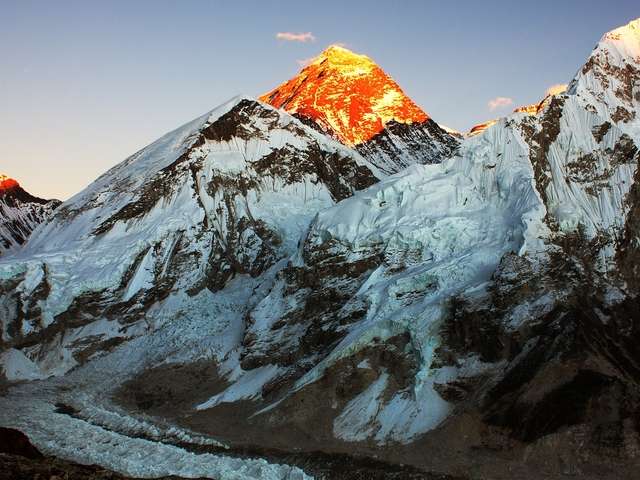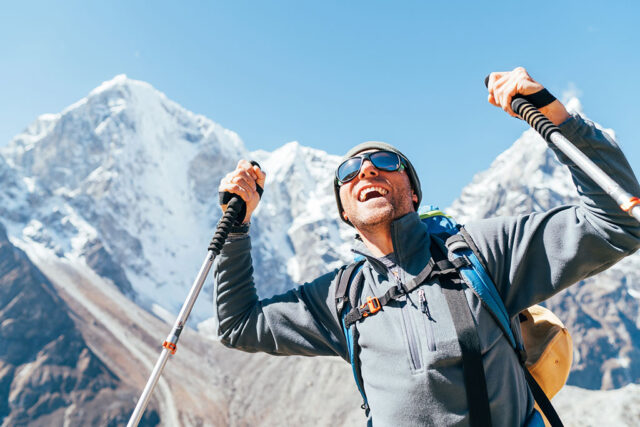
Everest Base Camp is regarded as one of our planet’s best treks for good reason. It takes you through the heart of the Himalayas to the foot of our planet’s tallest mountain. On the way you will pass caravans of yaks, ancient Buddhist monasteries, bustling sherpa villages, and cross over suspension bridges over gaping ravines. Not to mention the sensational views of the snow covered mountains; Ama Dablam, the matterhorn of the Himalayas, will be the first to capture your heart. Followed closely behind by Cho Oyu, Lhotse, and Makalu -three of Earth’s tallest peaks! To get the most out of this once in a lifetime journey, continue reading our guide for first time trekkers!
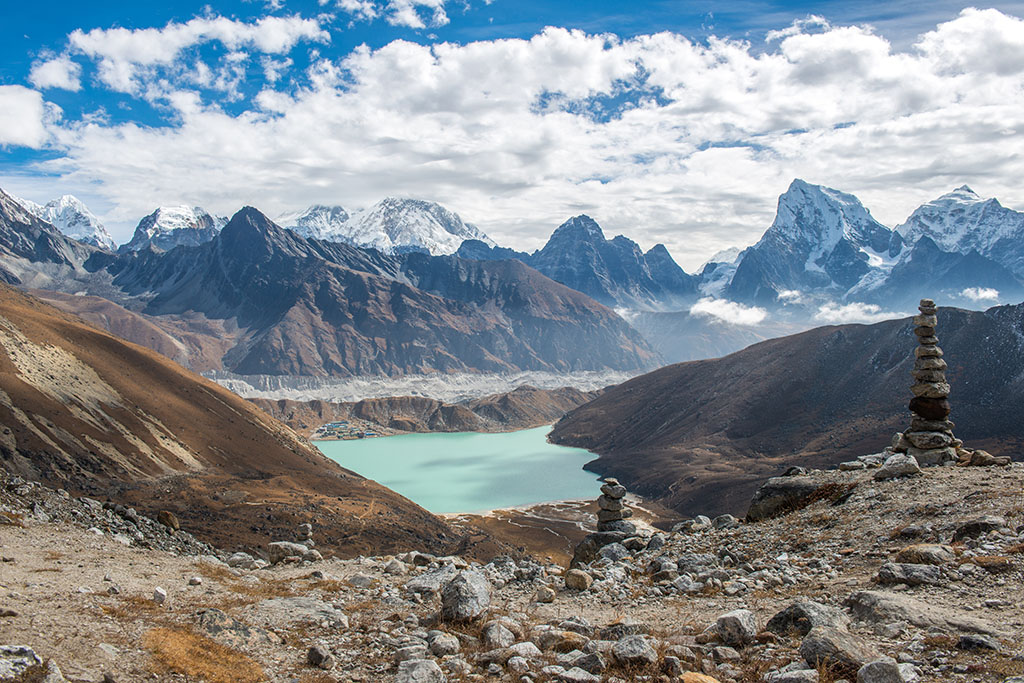
Choosing Your Everest Trek
First and foremost, you’ll want to decide which trekking route is the best for you! Though the traditional Everest Base Camp Trek is the one most frequented there are several other routes that match its beauty while taking you further into the depths of Sagarmatha National Park. Consider trekking the Three Passes Trek to see the alluring turquoise lakes of Gokyo Valley or the shortened version of that trek, the Gokyo and Renjo La Pass Trek. Alternatively, extend the first half of your trek by beginning at either Jiri or Tumlingtar to get off the beaten track. Get more details on our blog post: Everest Base Camp’s alternate routes.
Training And Acclimatization for Everest Treks
Once you’ve decided which route to take you to Base Camp, you’ll need to begin your preparation for it! Though the trek can be difficult at times, it isn’t beyond your physical ability. To prepare, focus on aerobic conditioning, elevation and strength training. In practice this could mean taking long hikes in hilly areas to build up your stamina and endurance. It could also mean going to your local gym to use the treadmill and stairmaster. Don’t get overwhelmed, it’s entirely possible for you to make the slow and steady climb to Base Camp. The bottom line is the sooner you start your training the more likely you are to have a safe and enjoyable trek! For more in depth training itineraries and suggestions read: Training for Everest Base Camp.
First time trekkers in Nepal should be aware of the possibility and dangers of altitude sickness even if they are in good shape! You can’t train for better acclimatization and fit folks are just as likely as out of shape trekkers to develop problems but you can read up on symptoms and learn what to watch for. It’s important to listen to your body and err on the side of caution. If the headache presents with nausea, vomiting, weakness, dizziness or insomnia it is important to stop ascending and either stay at that elevation or descend lower. If symptoms do present it’s always possible to take a rest day and, once you are better acclimated, continue towards Base Camp.
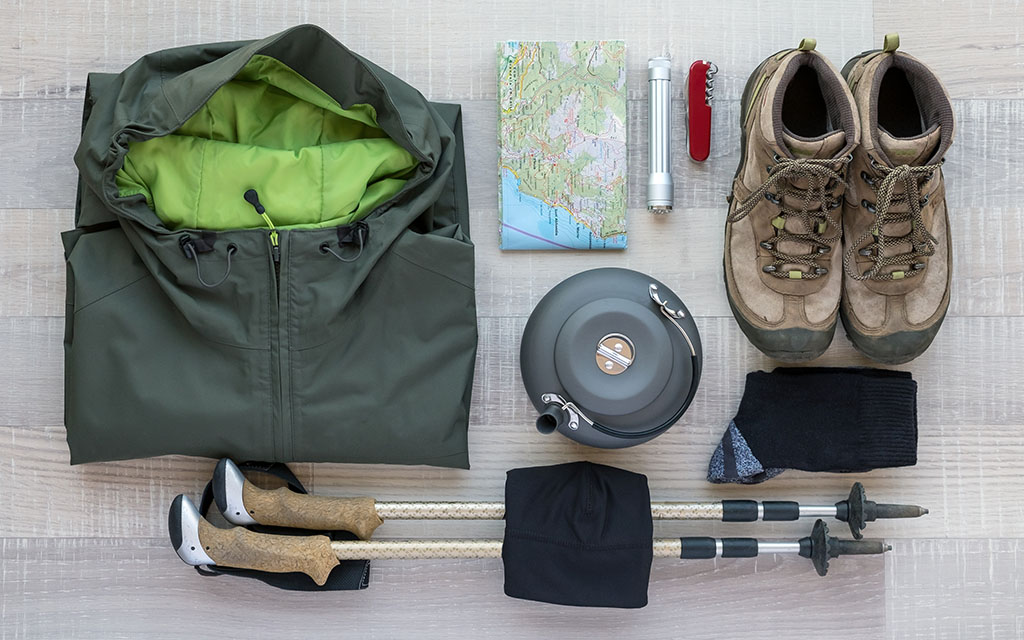
Packing List Everest Base Camp
When it comes to having a great trekking experience, having the proper equipment goes a long way. You will need layers to accommodate for the temperature fluctuations of the Himalayas, trekking gear, toiletries and your important documents. Make sure to bring broken-in hiking boots, a fresh pair of socks for every day and don’t forget a zero degree sleeping bag. Though it is possible to get equipment in Namche (on the mountain), the prices will be better in Kathmandu. This being said, before leaving on your trek make sure you are prepared with the essentials!
Check (and double check 😉 the full packing list click here.
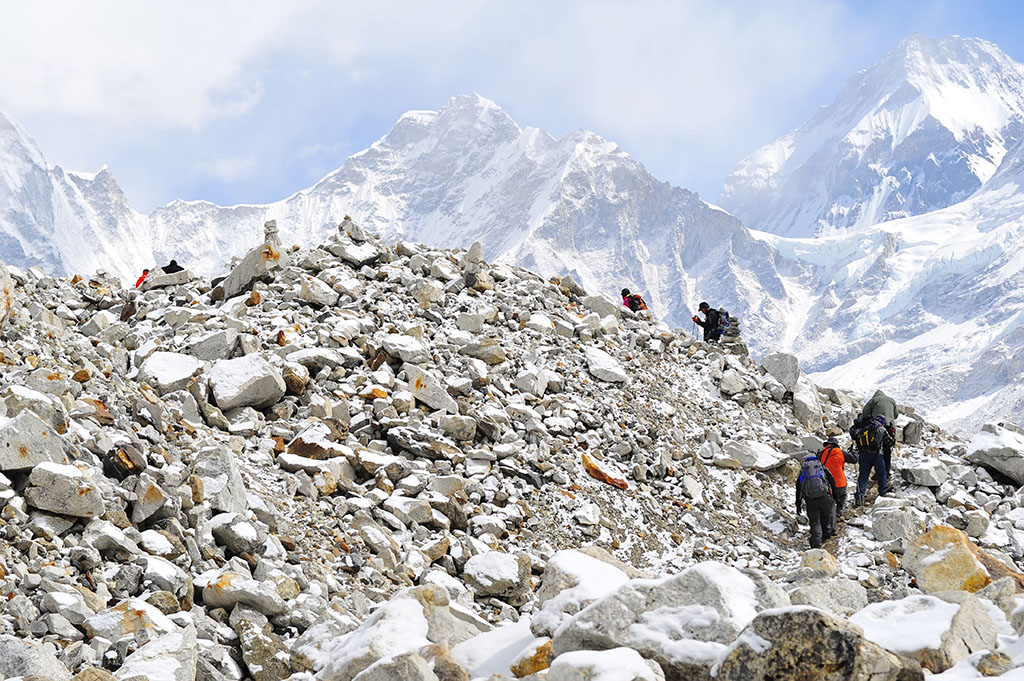
Best Time of Year for the Trek
Though the weather in the Himalayas can be some of the most extreme on the planet, this does not mean that you will have to wear a heavy parka your entire trek. Trekking the peak months can be quite pleasant with trekkers even walking in t-shirts and shorts at the lower elevations! The most popular months to go are April, May and October. February, March, November and December are also great months to trek Everest Base Camp. The main months to avoid are Mid June, July, and Early August during Nepal’s monsoon season. Check out our: Month-by-month trekking review.
How Much Time Do I Need
When planning your trek in Nepal, it’s important to give yourself some extra days to account for possible delays caused by weather or altitude sickness. Put those extra days on the back end of your trek so if you get stuck in Lukla because of nasty weather you don’t miss an international flight the next day. If you are trekking closer to monsoon season this is especially the case.
Lukla has the reputation of being one of the world’s most dangerous airports due to the high elevation, short runway and the steep Himalayas that encircle it. However, there’s really no need to be nervous because in the last decade they have significantly increased passenger safety measures. It is less safe than a big commercial airport but the airlines do not take chances with the weather conditions. In order to ensure our guest’s safety we book morning departures to Lukla that have better visibility and stability.
Though the preparation, packing and training for Everest Base Camp may seem arduous, it will be completely worth it when you are finally there! Once you begin walking among the majestic giants you will be swept off your feet and see they truly do live up to their hype. At Himalayanwonders, we would love to help you make your dreams a reality! If you have any specific questions or concerns don’t hesitate to email us at info@adventurehero.com. Please like, comment, or subscribe to let us know how we’re doing.
Ready to check out the trek details: Click here:
https://www.adventurehero.com/nepal/everest-base-camp.html








